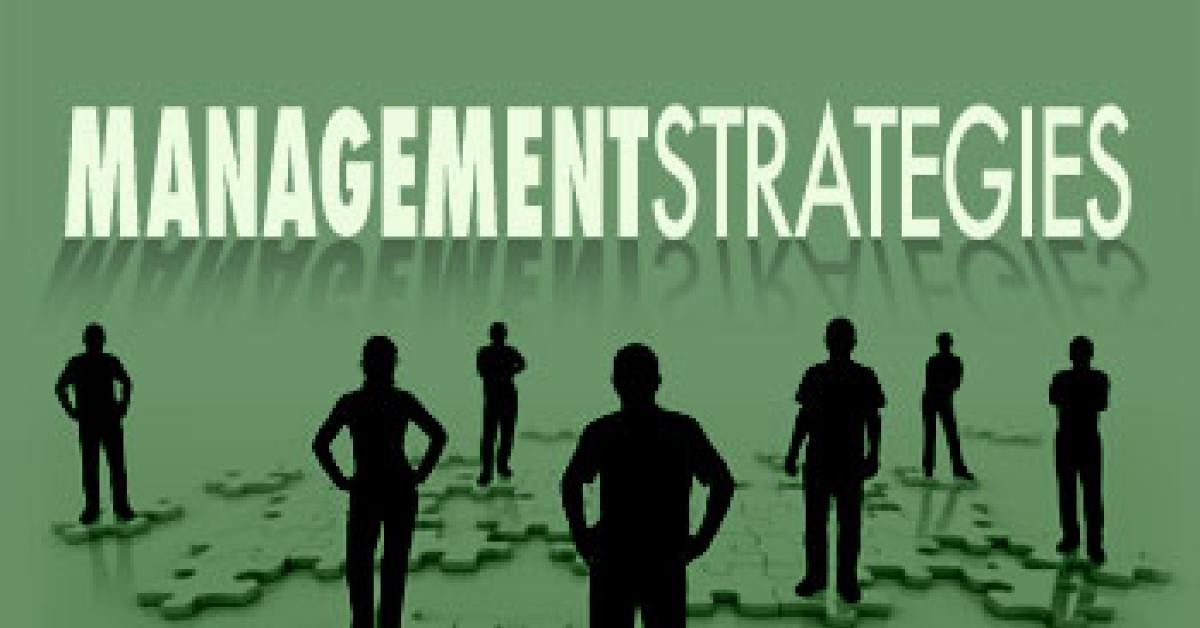SAN FRANCISCO — You may be experiencing pangs of envy as you congratulate this year's Plant Design Awards winners. A new plant can be a tremendous asset, but an existing plant can feel new again with some focused effort. Relatively minor revisions can improve productivity, boost morale, increase throughput and enhance profit.
Here are 10 ways to renew your existing plant:
10. REMOVE THE CLUTTER
Overcome the “pack rat” tendency to hold on to everything. This is a huge challenge for frugal owners, but clearly most excess/old equipment will never be re-activated. Even if you operate duplicate equipment and keep the defunct piece for parts, can the usable parts be more orderly?
How often have the boxes stored in the out-of-the-way places been opened? Do you know what they contain? Why are the contents being saved? Do they have any value that can be captured by use or sale?
Removing excess unused items of all kinds provides light, air and floor space for productive use and shows an organized approach to operating your business.
9. HOST A CLEAN-UP/FIX-UP DAY
Bring the entire team in on one day and have everybody participate in a good, thorough cleaning from top to bottom. Employees will love it when you take on the dirtiest of the jobs. Blast some classic rock ’n’ roll on the sound system and get everyone wielding mops, brooms, polishing cloths and paint brushes moving at top speed. New paint is especially appreciated in employee bathrooms and break rooms. Be sure to let associates participate in the décor decisions in their space. Wind up the clean fest with a pizza party or some other treat they can all enjoy.
8. STEP BACK AND STUDY YOUR PEOPLE FLOW
Set up a video camera to document the most active area in your plant; let it run for 30-45 minutes. Review the video at high speed and focus on how much walking around is occurring. Ask yourself why the staff is walking around. Can it be eliminated with a screw conveyor? Are the stations laid out inefficiently? Is the workflow disorganized or illogical?
Wesvic’s Chad Boucher tells me an average plant layout requires extra steps that lead to an additional 4 seconds per piece, costing an average per operator of $577 per year. Eliminating those seconds of walking around has a significant impact on profitability.
This video technique works extremely well throughout your operation, especially when focused on bottlenecks. In one instance, the pant finisher consistently lagged behind thereby preventing many orders from being finished on time. Pant production languished at 17 pieces per operator hour. Since the pant station was the bottleneck, the owner chose to record this station.
When the operator was shown both the resulting video and the Drycleaning & Laundry Institute pant pressing training video showing 30 pieces per operator hour, she said, “I can do that” and proceeded to demonstrate. When asked why she had not pressed at that rate before, her response was, “No one ever asked me to.”
7. ADD LIGHTING
Perhaps the spots and stains that are being identified late in the process or, worse yet, being seen first by the customer are invisible due to poor lighting in the plant. Quality inspection requires sufficient lighting. Mirrored reflective fixtures in combination with full-spectrum T8 bulbs will enhance visibility and improve inspection throughout the plant, plus brighten temperaments.
6. PAINT
A fresh coat of paint can do wonders for peeling walls, dingy floors and aged equipment. It is also easier to keep clean on a continual basis. A mural painted by the associates on the break room wall can help bond the team.
5. IDENTIFY THE PAIN
What is the biggest hurdle you need/want to overcome? Is your boiler undersized for your new tensioning-equipment demand? Do you have a piece of equipment that continually malfunctions? (Wesvic estimates that malfunctioning equipment that results in just one piece per operator hour less than the norm costs $920 per year per operator.)
Is a staff member stuck in a corner where there is no air movement? Are you trying to keep up with the growing household demand on a utility press? Must the touch-up person walk through a line of shirts to get to the button machine? Is there an accident waiting to happen, i.e. a set of steps with no rail?
Review your plant with “new eyes.” If a colleague saw it for the first time, what would you want to hide from them?
4. PRIORITIZE THE ITEMS IDENTIFIED IN NO. 5
No one can do everything they want to all at once. List the “pain” items by priority.
3. FIND A VIABLE SOLUTION
Whatever you identified as the highest priority in No. 4, make a list of solutions to deal with it. List the pros and cons (including cost, the work-interruption time, and the savings offset) next to each option. Choose the most attractive one and implement it.
2. CREATE A “PRIORITY ACTION” CALENDAR
Acknowledging that the priority order will probably change, list the remaining priority items with a target date to address them. This plan should also show to whom you would delegate appropriate responsibilities, authorities and accountabilities.
1. START WITH AN (ALMOST) EMPTY BOX AND REDO THE LAYOUT
At least every five years, begin with a paper plan of your plant that shows only the equipment and walls that cannot realistically be moved. (You can keep these blanks on file, or use a CAD program.) Sketch your ideal layout for efficient process flow for your current and foreseeable product mix.
There are many ramifications and considerations in optimal plant layout, so don’t hesitate to seek expert advice in the process. Your plant redesign is an infrequent occurrence, and you want to avoid costly surprises. Your efficiency savings from the prior steps will help fund the redesign project.
You, too, can enjoy a “new” plant.
Have a question or comment? E-mail our editor Dave Davis at [email protected].

